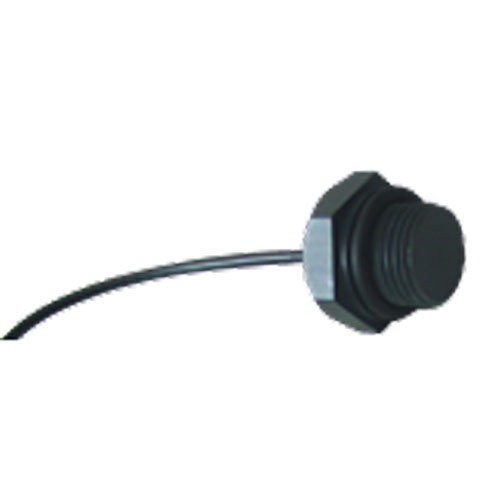EAM-SPT series thermometer probe
Temperature is a key parameter for water quality and environment, as it regulates the maximum concentration of dissolved oxygen in water and affects the speed of chemical and biological reactions. Temperature refers to the measurement of the thermal state of a substance. The movement of molecules and atoms of this substance generates heat (kinetic energy), and the more they move, the more heat is generated.
The most commonly used method for measuring temperature is to use a resistance thermometer. Resistance thermometers have the characteristics of stability, accuracy, and high reproducibility. The advantages of platinum resistance thermometers include high accuracy, wide operating range, and strong applicability. The electronic impedance sensor of a resistance thermometer changes with temperature, and as the temperature rises, the resistance also increases. This is commonly referred to as PTC (Positive Temperature Coefficient).
PT100 or PT1000 measuring resistors are commonly used in the industrial field and belong to the most commonly used platinum resistance thermometers. "Pt" indicates that the sensor is made of platinum (Pt). At zero degrees, the impedance of the sensor is 100 ohms (Ω). The most commonly used PT100 thermometer has a resistance of 100 ohms at zero degrees and 138.4 ohms at 100 degrees Celsius. The sensor of PT1000 probe has a resistance of 1000 ohms at zero temperature.
Main features | SPT | Main features | SPT |
Measuring range | 0~100℃ | Mutput signal | 4-20mA |
Measuring method | resistance-type | O-ring | EPDM or FPM |
Pressure Range | 0~7 bar | Electronic connection | 3m |
Body material | PP | Mechanical connection | ¾” or ½”Gas M |




